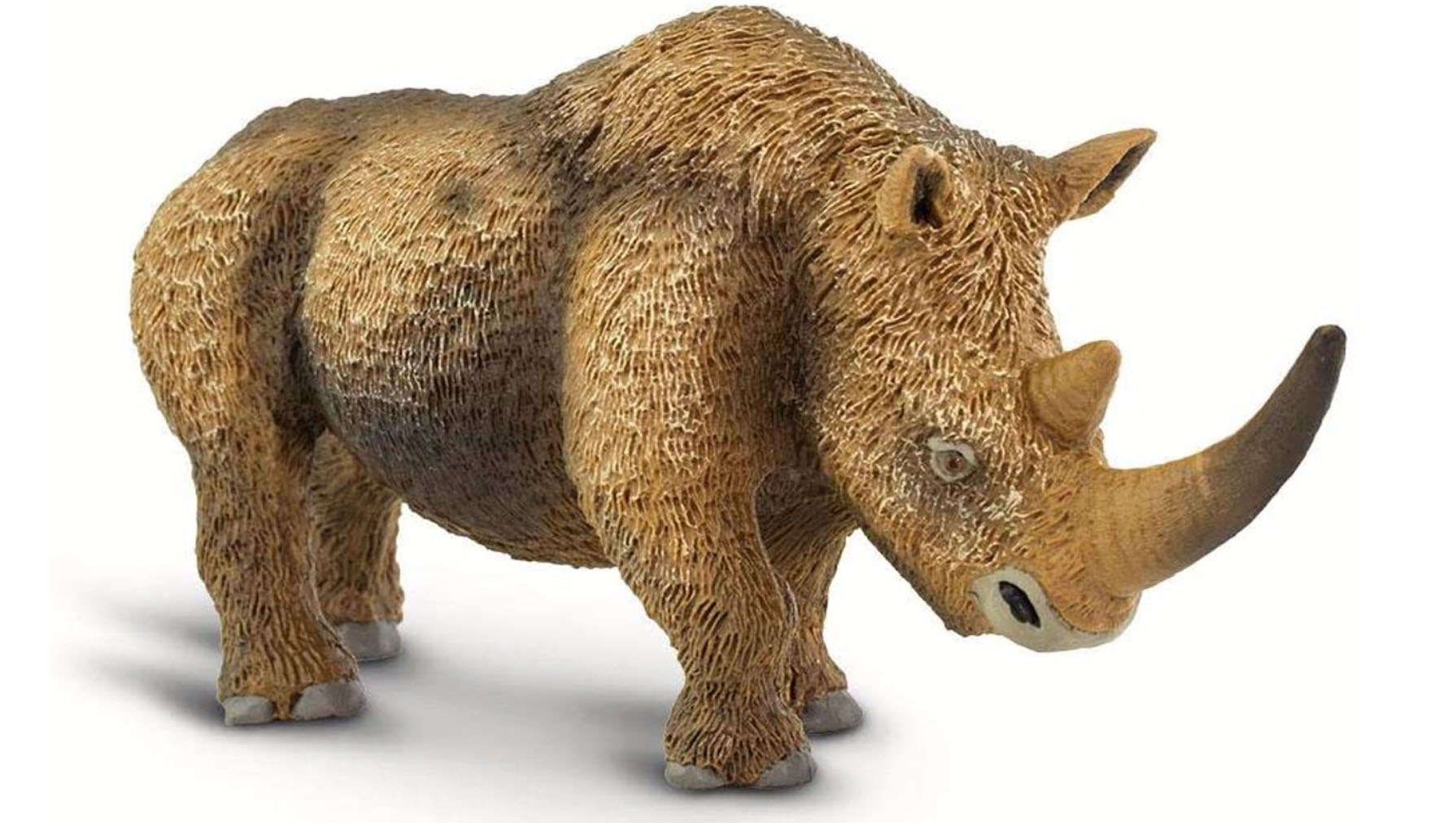Create a free profile to get unlimited access to exclusive videos, sweepstakes, and more!
Prehistoric woolly rhino is so well-preserved it could have just gone to sleep

Permaforst melt, while it doesn’t make climate change any less threatening, is revealing the bodies of Ice Age megafauna that are so impeccably preserved that they might as well be in permanent hibernation.
Frozen in time until now, a juvenile woolly rhino that lived some 20-50,000 years ago has been revealed by the melting permafrost of northern Siberia. It looks as if it could open its eyes any minute if something disturbs it. The rhino is amazingly 80 percent intact and may be the most complete specimen ever found of this species. Thick auburn hair still covers its body. It has all of its limbs and most of its organs, including its intestines.
Such a specimen could be a window into the Ice Age that even scientists have not yet peered through. Anything with intact organs — especially the stomach and intestines — can be a major indicator of what the environment was like tens of thousands of years ago. Analyzing stomach and intestinal contents can show everything from the specific plants this herbivore ate to the bacteria that lived in its gut and any possible parasites. There is even a chance of finding liquid blood, which could be priceless in sequencing the animal’s genome. Brace yourself for ethical outrage when someone inevitably mentions bringing this beast back to life.
Yakutia, the region of Siberia where this animal was found, has been known for giving up the carcasses of creatures that have long been extinct. The most intact woolly mammoth ever unearthed had been buried in the permafrost of Yakutia. Other finds include two cave lion cubs, an ancient bison and horse, and another baby woolly rhinoceros not as well preserved.
The thick coat and undercoat on the rhino reveals these creatures were adapted to the cold straight out of the womb. Further study could reveal an extra layer of fat that most animals which live in extreme cold have evolved to survive temperatures that (in Yakutia) can plunge as low as negative 53 degrees Fahrenheit. What the animal ate and when those plants usually grow could give away what the weather was probably like around the time the it died. Though woolly rhinos and mammoths were mistakenly thought to have been hunted to extinction by humans, they met their doom from climate change. This one is believed to have drowned and perished.
While the age of this woolly rhino has not been confirmed, the one found before it, named Sasha, is 34,000 years old. Sasha had been the only baby woolly rhino that had ever been found until now. That specimen was younger, about seven months old as opposed to the three or four years old this one is believed to be, with lighter fur and stubs of horns just starting to appear. Cave paintings were the only proof of woolly rhinos having such thick fur before the discovery of Sasha.
For now, the frozen baby rhino will have to wait until ice roads form in Yakutia, so it can be taken to scientists who are eager to find out the mysteries it had been keeping to itself.


























